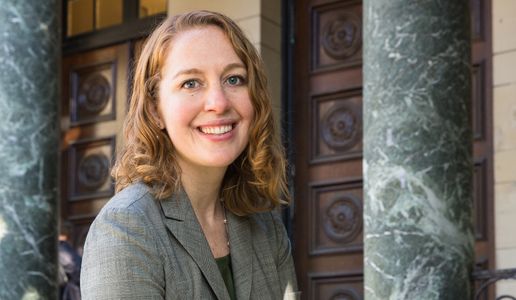Klinger in Science on Rare Earth Elements
Julie Klinger, Assistant Professor of International Relations at the Frederick S. Pardee School of Global Studies at Boston University, was interviewed for a recent article examining how the potential closure of the Lynas Advanced Materials Plant in Malaysia could affect the high tech industry’s supply of rare earth elements.
Klinger was quoted in a April 1, 2019 article in Science entitled “Radioactive Waste Standoff Could Slash High Tech’s Supply of Rare Earth Elements.”
From the text of the article:
Some REO facilities elsewhere have built permanent, secure facilities to store such waste, says Julie Klinger, a geographer and expert in REO mining at Boston University; others are secretive about what they do with it. In a plan approved by the previous government, Lynas agreed to try to recycle its residues. The company has sponsored Malaysian researchers to find new uses, including products that can improve soil properties.
While the dispute in Malaysia has intensified, REO producers from developed countries are establishing new footholds around the world—in Africa, Central and Southeast Asia, and South America. A Lynas shutdown “might reduce global investment,” says Castilloux, as other investors might fear similar problems, “or it could fast-track other players to fill the gap.” But Klinger says the conflict could yet become an “exciting opportunity” for Lynas to come up with more innovative solutions that could save the plant and become a model for clean REO production. “Lynas could assume a leadership role globally and show other companies how to do the same thing,” she says.
Julie Michelle Klinger, PhD, specializes in development, environment, and security politics in Latin America and China in comparative and global perspective. Her recent book Rare Earth Frontiers: From Terrestrial Subsoils to Lunar Landscapes (Cornell University Press in Fall 2017) received the 2017 Meridian Award from the American Association of Geographers for its “unusually important contribution to advancing the art and science of geography.”
